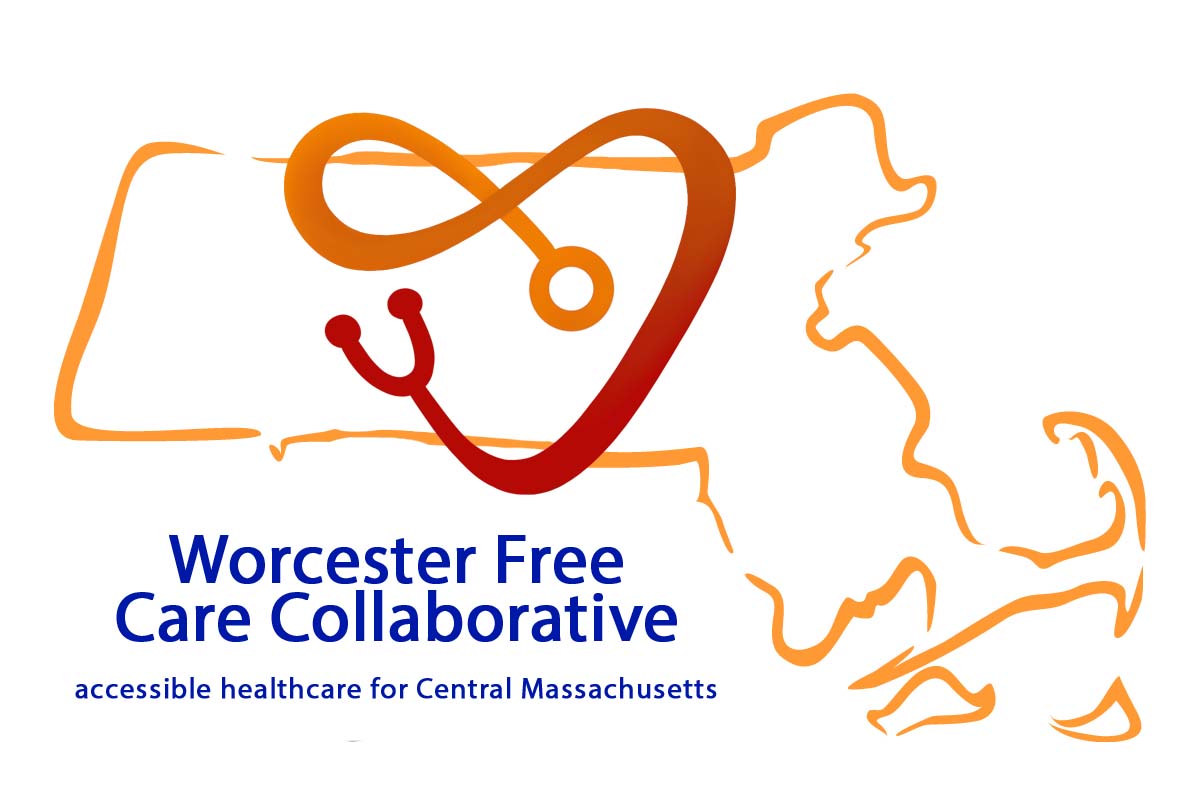Note: This article was originally published as part of the Q2 2021 issue of the WFCC Newsletter and is reproduced here with permission. See original: http://www.sahilnawab.com/wfcc/q2_2021.pdf
When I walk into St. Anne’s in the waning light of a summer evening, I often turn myself around at the door looking out towards Worcester. Peeking out over the treetops that line the parking lot are the gleaming buildings of UMass Medical School. In the shadow of the largest medical center in central Massachusetts, literally less than 3500 feet away across Lake Quinsigamond, there is a tremendous need for healthcare.
This stark contrast serves as an ironic backdrop for the volunteers who steadfastly donate their time and energy in service of our community. Without their contributions, the substantial impact of free medical programs would not be possible.
During the pandemic, the entire healthcare system has been on unsteady ground. A number of initiatives have been in place since then to ensure that patients are continued to be cared for, including telehealth services, modified check-in procedures, and appointment based visits. In this issue, we interview Dr. James Ledwith, the medical director of Epworth, about how he guided the program’s efforts to remain open to in-person visits and the challenges the program faced during the pandemic to maintain their ability to see walk-in patients.
Yet we also recognize that there is opportunity for more volunteers to help ensure that our commitment to the community can be sustained through the future. A common refrain amongst free medical programs throughout the country is the need for “dollars and doctors” as well as nurses, case managers, interpreters, and a multitude of other volunteers.

How do we ensure that the free medical programs are sustainable through the future? There are two important steps: (1) ensure that we have enough clinical and administrative volunteers, and (2) get the support of community institutions like local businesses and healthcare organizations. This may involve direct funding through grants, covering the malpractice insurance of providers who choose to volunteer outside of their practice, or by subsidizing essential services that patients require such as labs, imaging or specialist visits.
Beyond this, a number of potential initiatives with community organizations and healthcare partners. For example, some free clinics offer malpractice insurance, but this is a costly proposition. Alternatively, many employers offer coverage if their providers volunteer in the community.
One of the biggest issues facing free medical programs in greater Worcester is the immense need for in-person interpreters. This is a critical way to better connect with patients, who are often immigrants or visiting family members. Having interpreters available allows patients to feel understood, both from a conversational perspective, but also a cultural perspective.
If you are interested in volunteering or supporting the mission of the Worcester Free Care Collaborative, please visit www.worcesterfreecare.org/volunteer for more information or email worcesterfreeclinics@gmail.com.
In a previous issue, we discussed How Stories in Medicine Connect Us. Elizabeth Dunn, a researcher who studies happiness and charity, explains that cultivating a connection with the community is one of the most effective ways to make a strong, positive impact. Volunteering at the free medical programs offers a tremendous opportunity to serve the community and “appreciate our shared humanity.”
Dossier
“The Demand for Volunteer Physicians is Rising The Demand for Volunteer Physicians Is Rising. The Number of Uninsured Is Too,” by Joseph Darius Jaafari, October 27, 2017. https://nationswell.com/demand-volunteer-physicians-free-health-clinics/
“Is There A (Volunteer) Doctor In The House? Free Clinics And Volunteer Physician Referral Networks In The United States,” by Stephen L. Isaacs and Paul Jellinek, May 1, 2007. https://doi.org/10.1377/hlthaff.26.3.871
“Making the Most of Free Medical Clinic Experience,” by Rachel Rizal, February 23, 2021. https://www.usnews.com/education/blogs/medical-school-admissions-doctor/articles/how-premed-students-can-make-the-most-of-free-clinic-experience
